Heritage Interpretation Trail
Corn Square
Corn Square has been at the centre of Leominster life for centuries. When monks lived at Leominster Priory, the square was just outside the monastery boundary.
The markets in the square enabled local people to trade with each other, but Leominster was also an important stopping place for those travelling from England into Wales.
Corn Square has been used for many public meetings, public punishments, plays, hiring fairs, and even for bull baiting in the 1790s.
Corn Square is surrounded by buildings of different ages. Some of them look identical to when they were first built. The building on the corner of School Lane is very old, probably dating from the 1400s. Throughout history, many of the town’s most important businesses have been sited in and around the square.
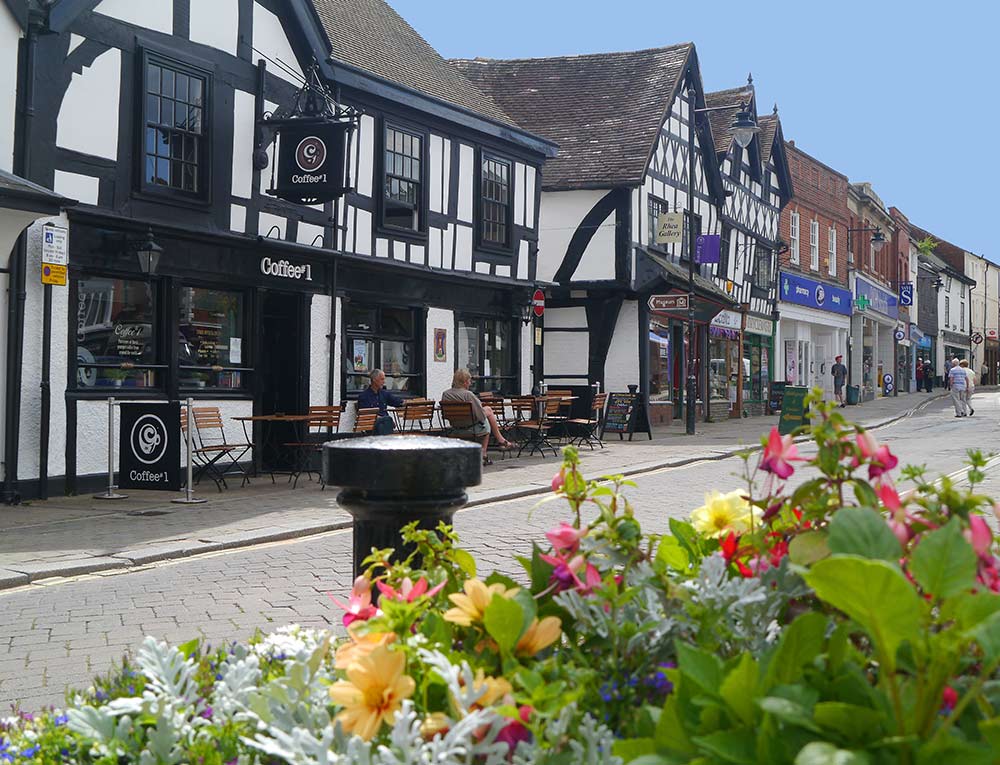
- Leominster Tourist Information Centre, 11 Corn Square, Leominster, HR68YP
Grange Walk
Grange Walk, which links Corn Square and the Grange, follows the line of the ancient east-west road through Leominster. The road was moved 80 metres to the south in around 1200, when the monks of Leominster Priory laid out Etnam Street.
There was a religious community living in Leominster from around 660 until 1539. The earliest settlement was founded by Saint Edfrith, from Lindisfarne in Northumberland, and the site remained a monastery throughout Anglo-Saxon times. By the 11th century the settlement appears to have become a wealthy nunnery, which many pilgrims visited.
Over time, the numbers of nuns declined and in 1121, King Henry I re-founded the monastery as a daughter house of Reading Abbey. The monks that lived there were Benedictine, meaning that they lived according to the Rule of Saint Benedict. The monastery survived through many ups and downs, until it was closed by Henry VIII in 1539.
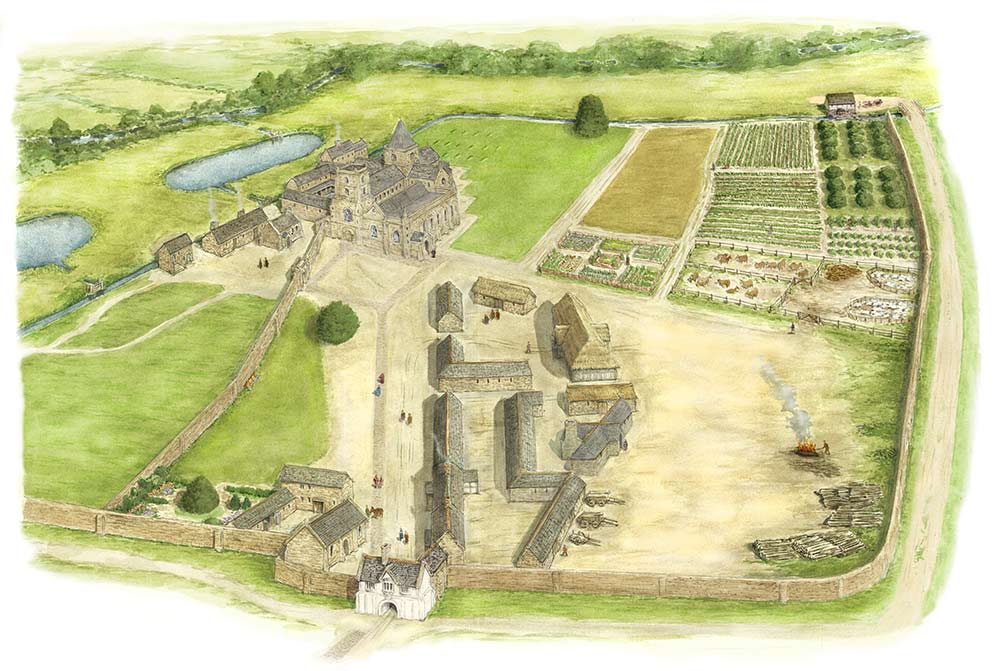
- Grange Open Space, Pinsley Rd, Leominster, HR68NL
The Grange
This tranquil open space was once part of the Leominster Priory precinct. The grassy area in front of you was the centre of the monastery’s farming activities, separated from the town by a wall that ran along the line of the raised bank that you can see on the opposite side of the Grange.
After Leominster Priory was closed by King Henry VIII in 1539, the Grange became a public space that has since been used by townspeople for many purposes. Houses were built around its edges, flattening the bank that had once surrounded the Priory precincts.
Grange Court, Leominster’s timber-framed market hall, was moved from the top of Broad Street to the Grange in the 1850s, when it was judged to be a hazard to passing traffic. In 1909 there was a serious fire in the roof of Grange Court. Crowds gathered on the Grange to watch what was happening.
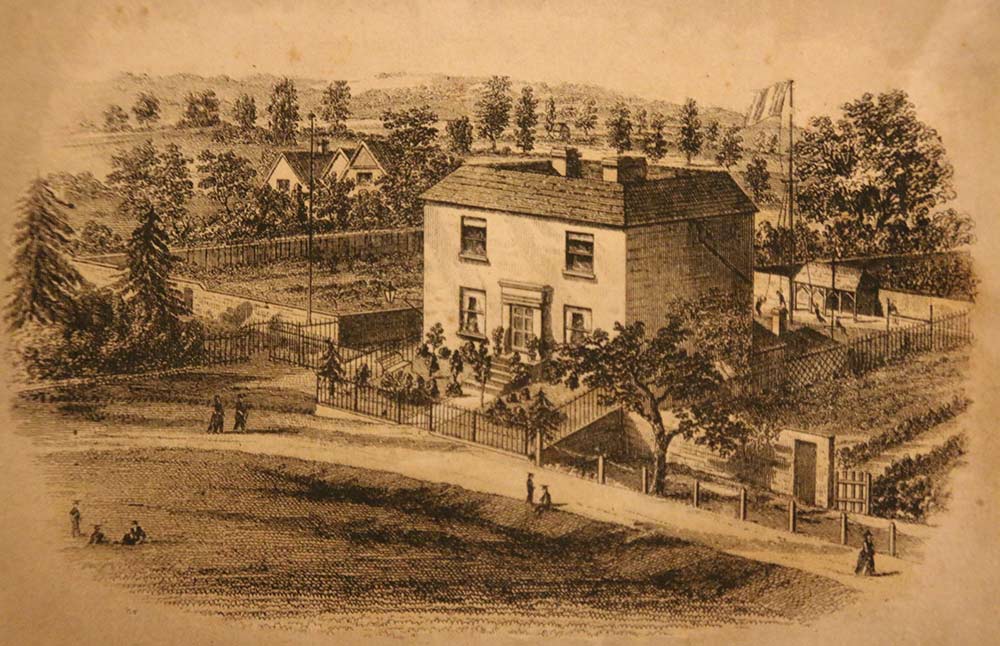
- The Pavilion, Grange Open Space, Pinsley Rd, Leominster, HR68NL
Leominster Priory
This site has been a centre of Christian worship for over 1,400 years.
The first church in Leominster was founded around AD 660 by Edfrith, a monk from the great monastery at Lindisfarne in Northumberland, who came to bring Christianity to the pagan King Merewalh and his people. The first monastery buildings were probably made of wood, surrounded by a big bank and deep ditch, parts of which can still be seen around the Grange today. Edfrith’s monastic community became very well known, but it eventually declined in numbers.
By 1000, there was a small community of nuns living and worshipping on this site, but the women suffered greatly in border conflicts between the Anglo-Saxons and the Welsh. There were still nuns living here at the time of the Domesday survey, made by William the Conqueror in 1086, but once again the community declined.
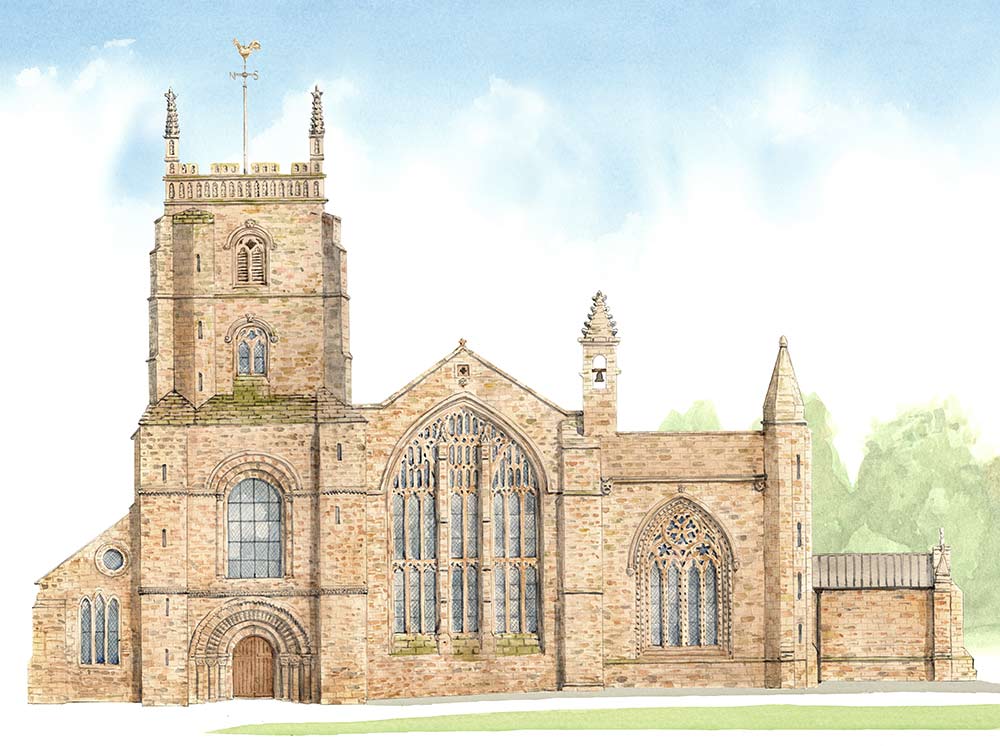
- Church St, Leominster, HR68NH
Priory House
The Priory House, or Old Priory, is one of the few surviving buildings that were built by the monks of Leominster Priory.
Others include the Forbury Chapel and parts of the Priory church itself. The Priory House was probably built in the
mid-1100s and altered several times in later years.
Some historians think that the building was an infirmary, where the priory monks cared for the sick. It had a good water supply for washing and cooking from Pinsley Brook, which ran underneath the building and also carried away waste from the toilets.
Important visitors travelling into Wales or along the Marches also visited Leominster Priory. Baldwin, the Archbishop of Canterbury, stayed here in 1189, while touring the country to raise support for the Crusades. In 1216 King John also came to Leominster, as part of efforts to raise support for his fight against an army of rebel barons.
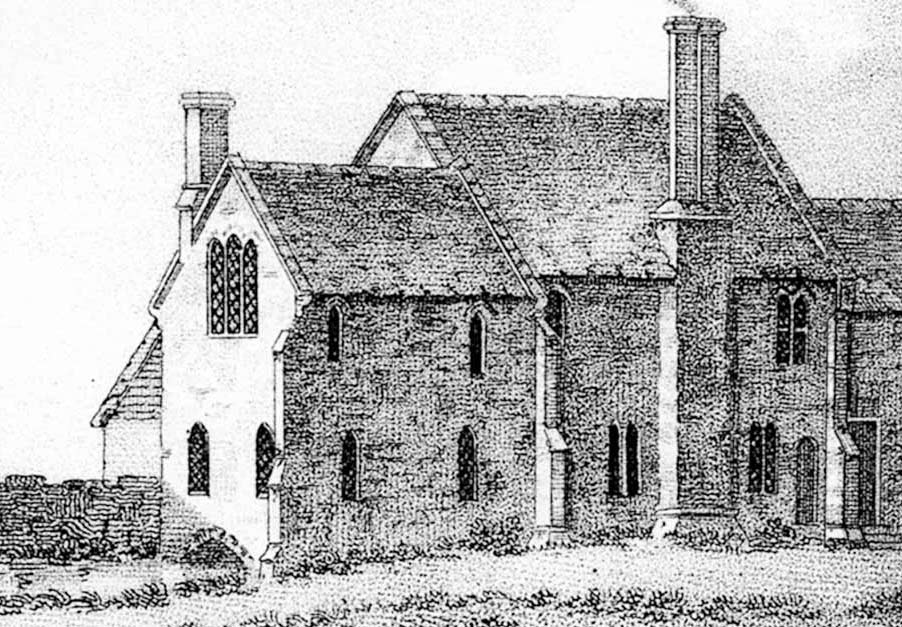
- Church St, Leominster, HR68NH
Pinsley Mead
The meadow you are currently standing on is called Pinsley Mead. It was named after the brook that runs through it.
Pinsley Brook was once a small natural stream leading into the River Lugg. Very early in history, perhaps as early as Anglo-Saxon times and certainly by the 12th century, it was diverted through culverts and lead pipes to serve the monks who lived at Leominster Priory. The brook served many purposes, providing water for drinking, cooking, and washing. A culvert also carried running water under the nearby Priory House and carried toilet waste away too. In the past, many children have enjoyed wading along the brook and exploring the tunnel.
Pinsley Brook also supplied water to three large fishponds on Pinsley Mead. These were kept well stocked to supply food for the monks living at Leominster Priory. Bones from eel, grayling and perch were found during archaeological digs here.
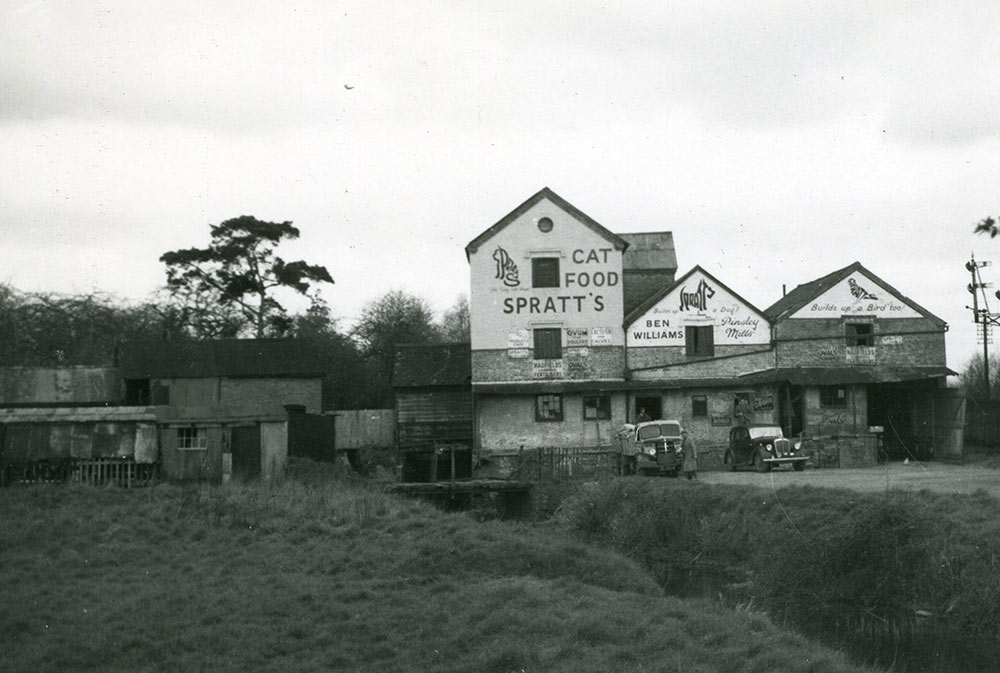
- The Old Priory, Leominster, HR68EQ
Forbury Chapel
The Forbury Chapel was built by order of John Peckham, Archbishop of Canterbury, who visited Leominster in 1282 after a period of conflict between the townspeople and Leominster Priory. The townsfolk complained that the monks were ignoring their religious duties and had locked them out of the church. In 1283, Peckham ordered the monks to build a chapel next to the monastery gatehouse for the people to use, at his personal expense. The gatehouse arched across Church Street, but it collapsed in 1752.
Queen Mary I granted a charter to Leominster in 1554 that made provision for a grammar school, which was established in the chapel and remained there until about 1795. The Forbury served as both a schoolroom and a courthouse.
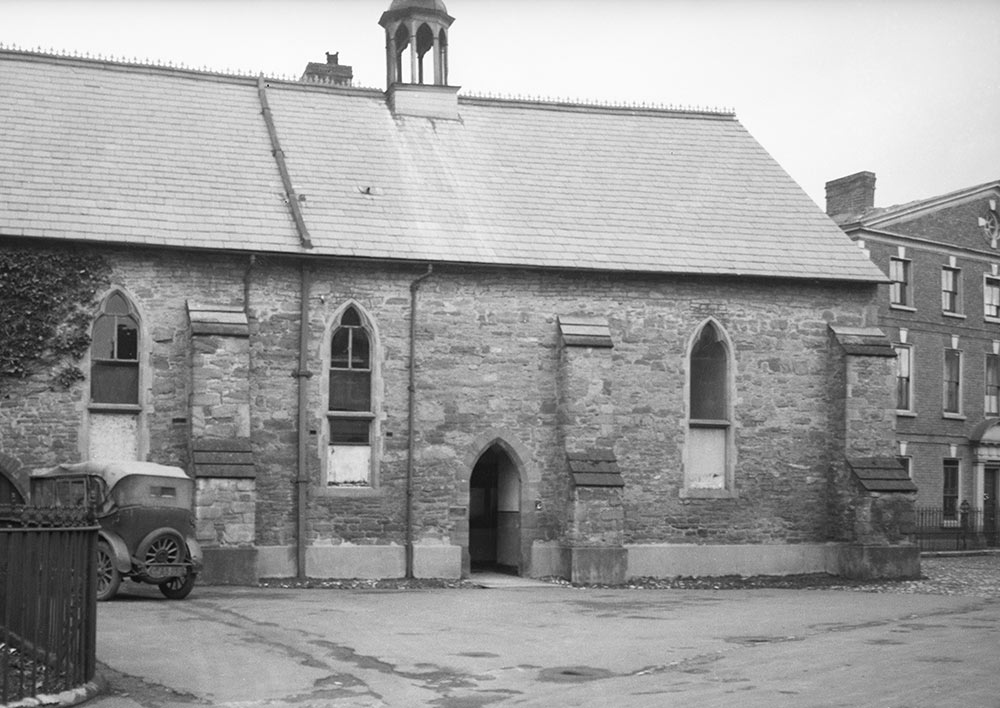
- Church St, Leominster, HR68NQ
Leominster's Rivers
Leominster’s Welsh name – Llanllieni – means ‘church among the floods’. Before humans settled here, the landscape was very marshy. The site was like an island, surrounded by rivers. Islands had spiritual significance for early monks and this may have been what brought St Edfrith, the founder of the Priory monastery, from Northumberland to Leominster in AD 660. The River Lugg and the Kenwater provided natural boundaries on two sides of the Priory precinct.
Pinsley Brook was canalised by the monks of Leominster Priory. By carefully controlling the water levels, monks were able to use Pinsley Brook to power at least two mills, while also providing water for cooking and for flushing out the monastery toilets. The brook may also have been used for moving goods within the town, to and from the leather tanneries that were located nearby.
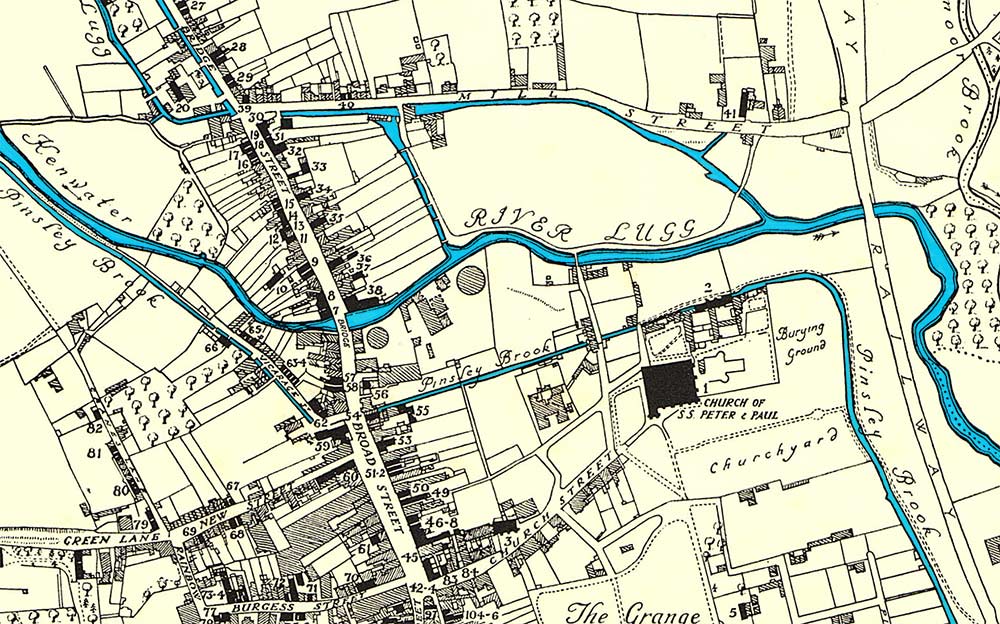
- The Kenwater, Bridge Street, Leominster, HR68DX
Leominster's Market House
This site was once the hub of Leominster’s markets, at the junction of five roads. Leominster’s Market House was first built just a few metres from here in 1633. It replaced an earlier building on the same site and was the work of local master carpenter, John Abel.
The Market House was open at ground level for the sale of butter, poultry, eggs and fish. There was a single large room above, which was used for market administration. Legal court sessions were also held in the Market House and the town’s nine trade guilds probably used it for meetings.
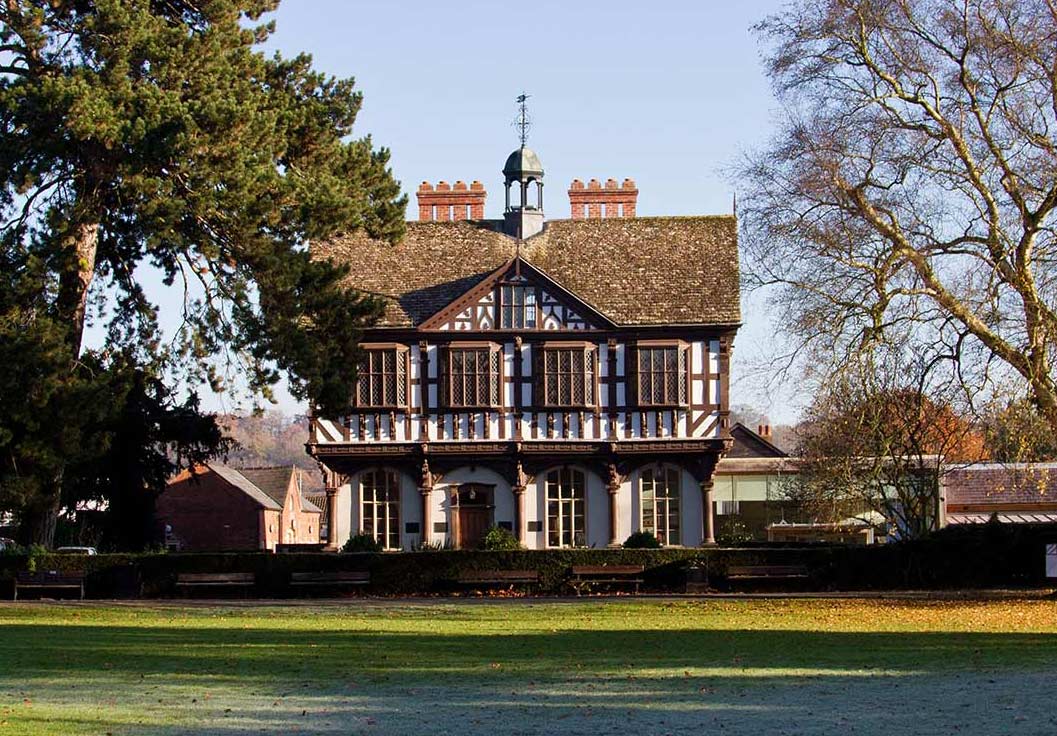
- The Buttercross, Leominster, HR68BN
The Old Market
This area was the site of Leominster’s cattle market from 1908 until 1983.
Leominster has been a market town from Saxon times, where farmers from the surrounding countryside could trade their produce and animals. The markets here were so successful that they competed with those in both Hereford and Worcester. The sale of produce such as butter and grain was restricted to certain parts of the town, but before the 1820s animals were sold on the streets – horses in South Street and Etnam Street, sheep and pigs in Broad street, and cattle in New Street.
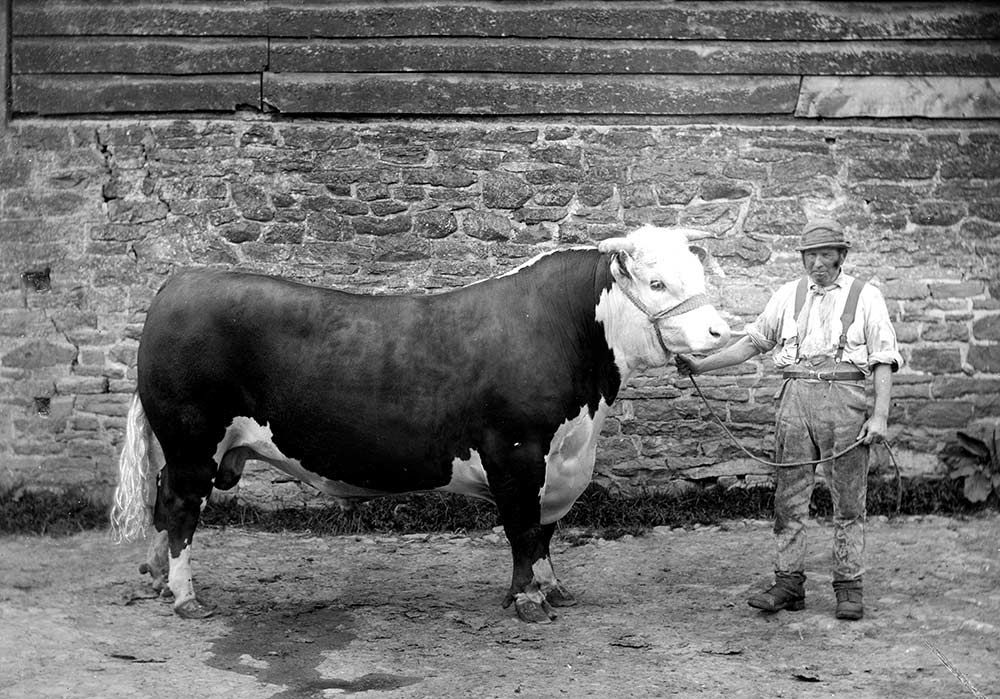
- Leominster Co-op, Dishley Street, Leominster, HR68PX
Etnam Street
Etnam Street, once known as East Street, has a long history.
It was the last major piece of town planning undertaken by the monks of Leominster Priory, about 800 years ago, when the street was marked out with burgages. Burgages were rental properties. They consisted of a house on a long plot of land, with a narrow street frontage. They can still be seen clearly on post-Victorian maps of Etnam Street, 700 years after they were laid out.
Tenants built their own houses and workshops on the plots, paying the monks an annual rent in return for certain rights in the town. The earliest houses were timber-framed. You can still see some of the wooden frames from the street, although many were later covered with an outer skin of brick as fashions changed and the town became wealthier. The street rapidly became a focus of town life. Pubs, homes, businesses and places of worship sprang up along it.
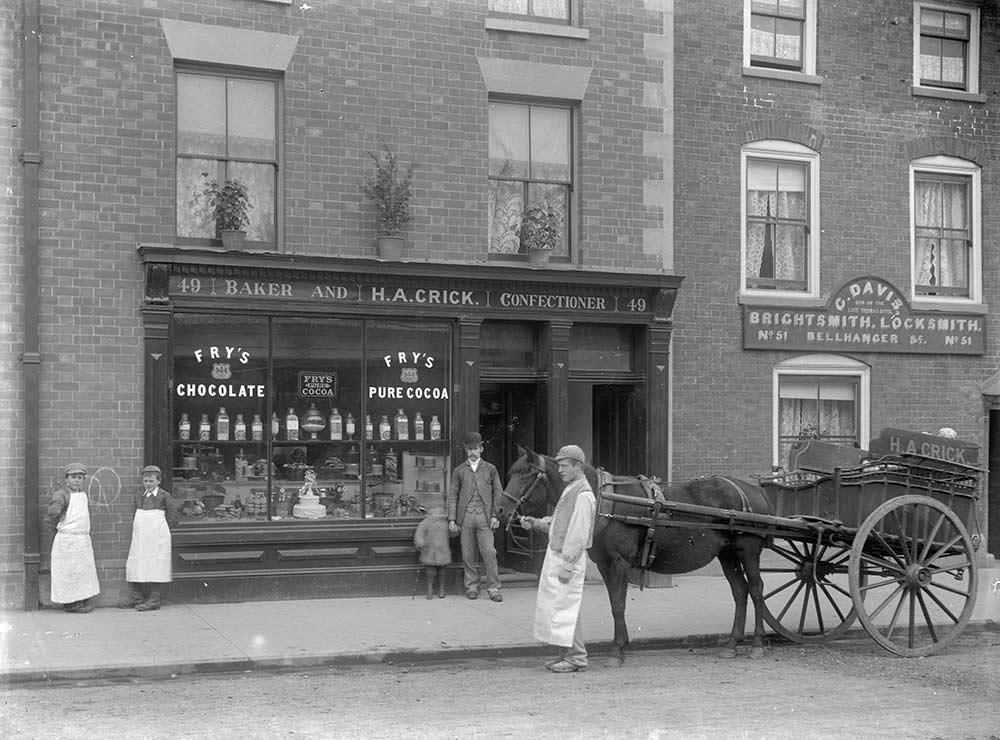
- Leominster Museum, 16 Etnam St, Leominster, HR68AQ
Leominster Station
The railway arrived in Leominster in 1852, when the Shrewsbury and Hereford Railway Company opened a line between the two towns, with Leominster as an intermediate stop.
The line was leased jointly to three other companies, including the Great Western Railway, in 1862. By 1900, Leominster had become an important junction, with lines running to Kington (opened in 1857) and Worcester via Bromyard (completed in 1897).
At that time the station had five platforms, together with many sidings, two signal boxes, a goods shed, and a water tank, which took water from the nearby River Lugg to feed the steam locomotives. Because the river was so close to the railway, there was a constant danger of flooding.
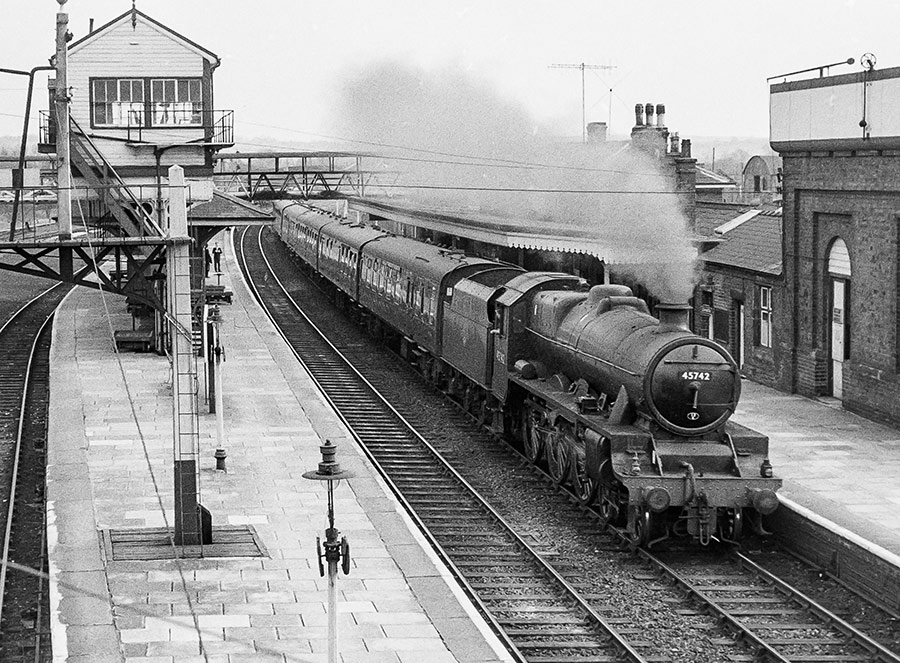
- Worcester Road, Leominster, HR68AR
